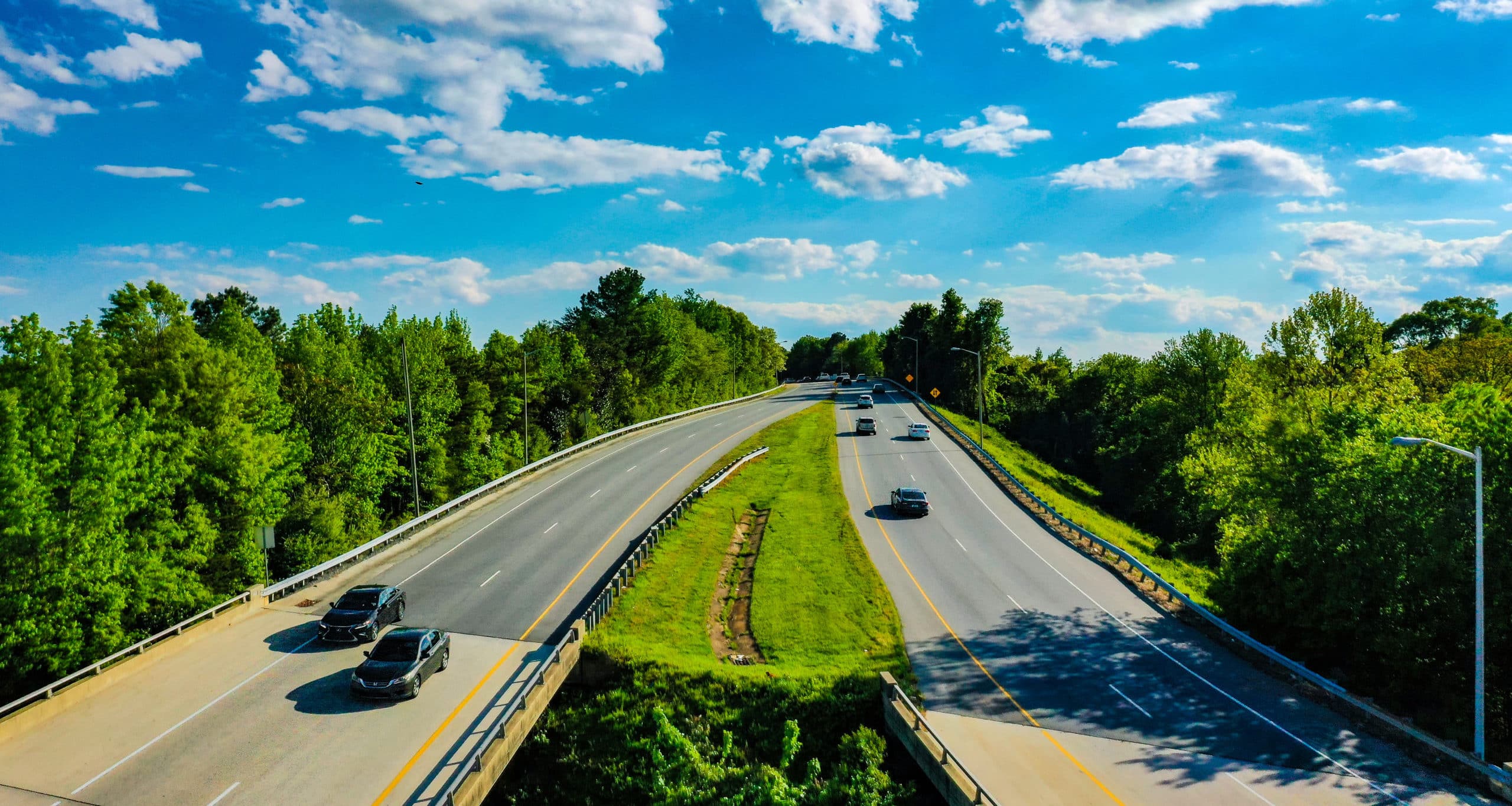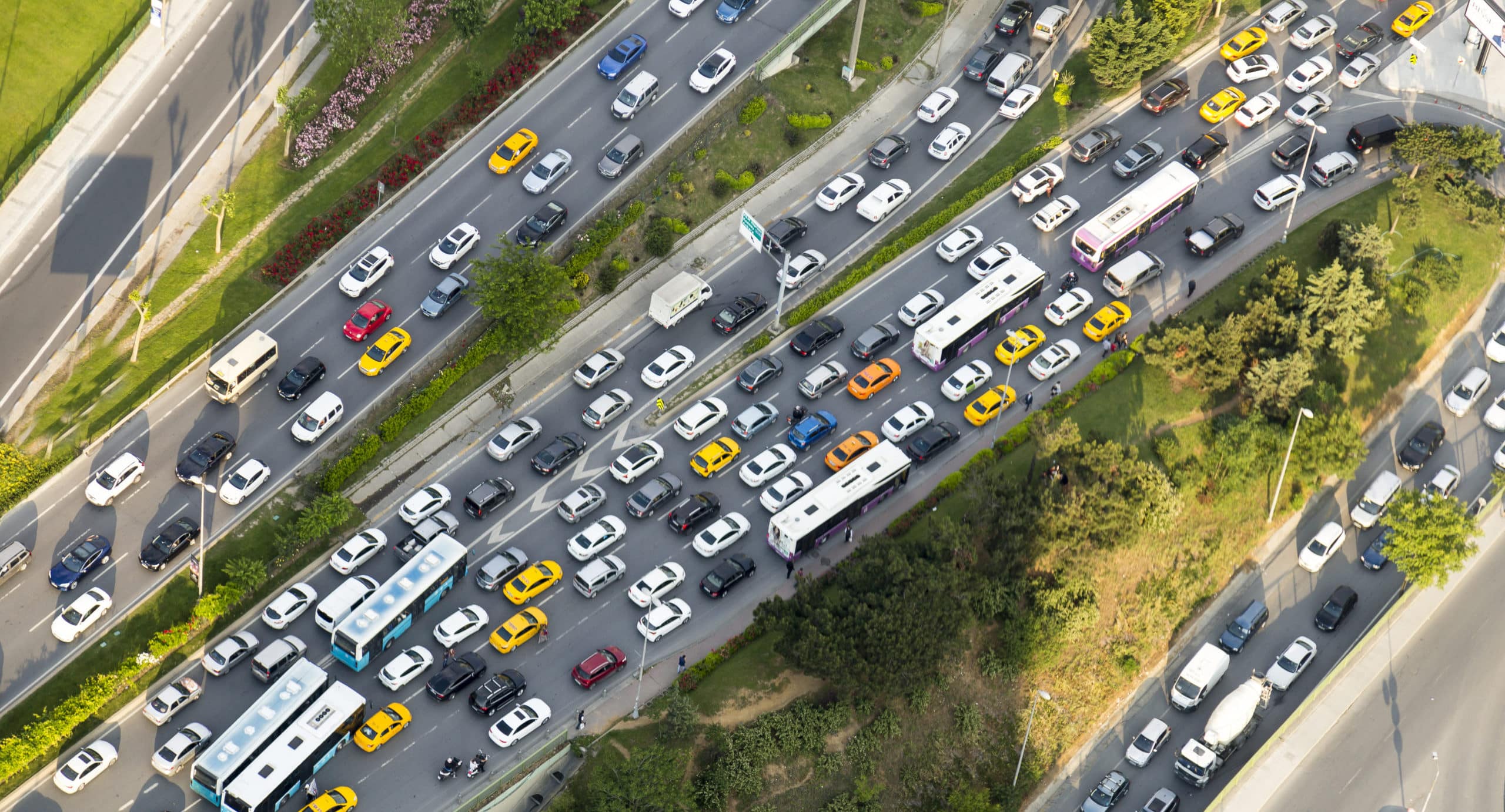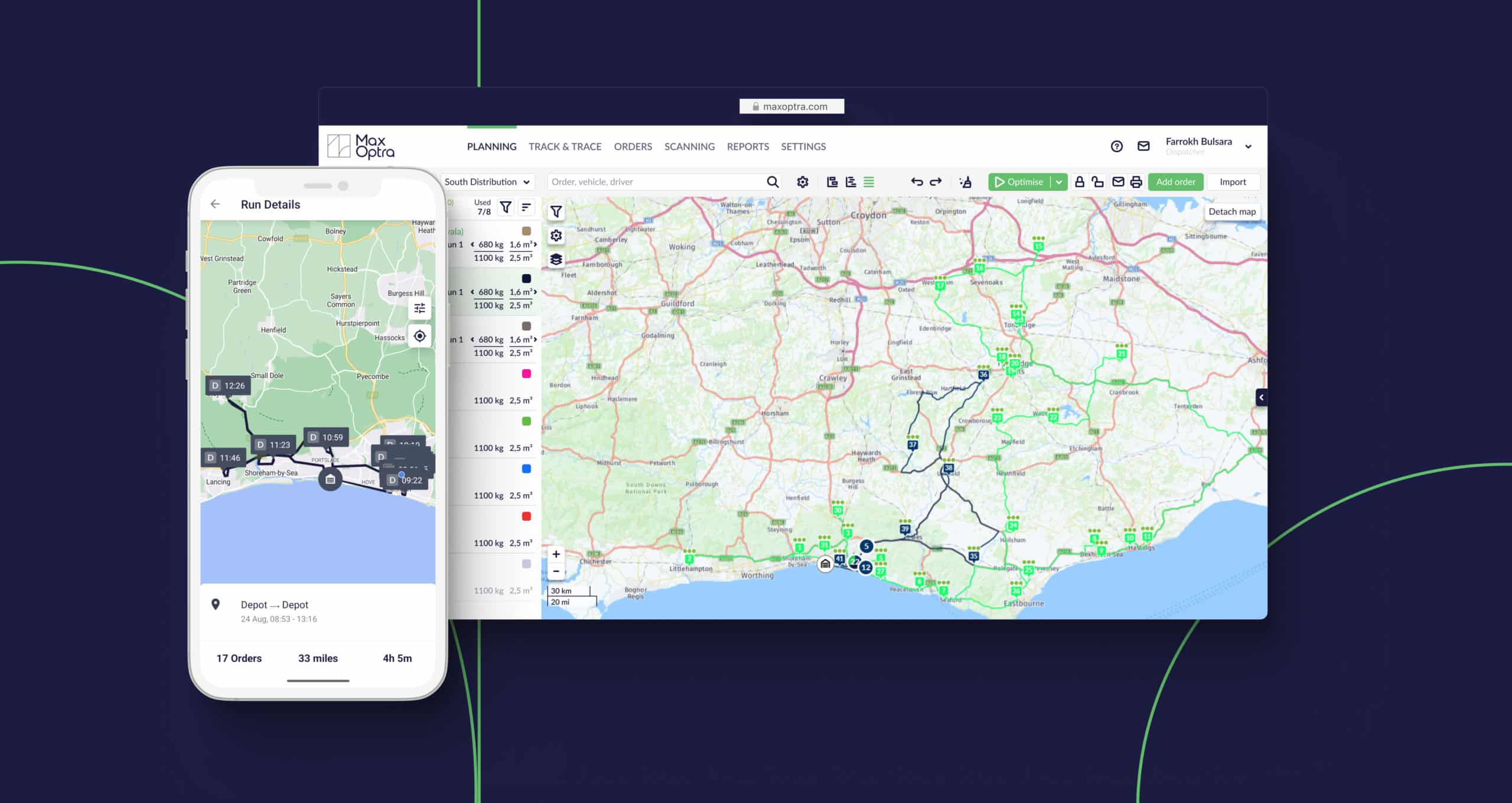Preparing for Peak Season: Route Optimisation Tips for Summer Delivery Surges

Summer may bring sunshine and holidays for most, but for logistics and delivery businesses, it marks one of the busiest and most challenging times of the year. Whether you’re delivering outdoor furniture, servicing air conditioning units, or fulfilling online retail orders, seasonal demand can skyrocket – and so can the pressure on your operations team.
With more traffic on the roads, higher order volumes, and increased customer expectations, poor planning can lead to missed deliveries, wasted fuel, and overworked teams. The good news? With a smart route optimisation strategy, you can tackle these challenges head-on and deliver a smooth, scalable customer experience.
Common Summer Delivery Challenges
Every peak season brings pressure, but summer has its own unique set of issues that can disrupt even the most experienced operations.
🚗 Congested Roads
Tourism, festivals, sporting events, and school holidays all contribute to significantly heavier traffic during summer. According to the RAC, 27 million leisure trips by car are expected over a single six-day period in late July 2024, making it one of the busiest getaways in recent memory. These volumes create bottlenecks on key roads and delay even the best-planned delivery schedules.
🧑💻 Staffing Gaps
Holiday requests and reliance on temporary or seasonal drivers can lead to inconsistency. With less experienced drivers behind the wheel, route clarity and live updates become even more critical to maintain service levels.
❄️ Temperature-Sensitive Goods
Many deliveries – like chilled food, fresh flowers, or pharmaceuticals – are more susceptible to damage during warmer months. Optimised, efficient routing isn’t just about timing; it can also help protect product integrity.
🛍️ Last-Minute Deliveries & Weekend Expectations
Today’s consumers expect flexibility, fast turnaround, and weekend availability. If your route planning system can’t adapt in real time, you risk being left behind.
🗺️ Inefficient Manual Planning
Planning routes with spreadsheets or static templates won’t cut it during periods of high volume and constant change. Manual approaches are prone to error, and they lack the speed or scalability needed to stay on top of daily fluctuations.
Route Optimisation Tips for Managing Summer Surges
- Use Dynamic Route Planning for Daily Flexibility
Relying on static weekly routes can leave you vulnerable to disruption. Instead, use dynamic route optimisation that allows you to adjust routes daily – or even multiple times per day – based on real-time order volume, traffic data, and driver availability.
With MaxOptra, planners can quickly generate optimised routes that adapt to daily changes without having to start from scratch, ensuring every route is the most efficient option available. This not only saves time in the planning process but also maximises resource utilisation.
- Build Time Windows Around Real-World Constraints
Delivery time windows need to be practical, not just convenient for the planner. Factors such as loading bay access hours, school run traffic, and driver rest periods all affect timing.
MaxOptra’s planning allows you to configure precise time constraints for each delivery, taking into account on-site limitations and road conditions. This leads to better first-time delivery success rates and happier customers who aren’t left waiting or rescheduling.
- Use Historical Traffic and Seasonality Data
One of the most powerful, yet often overlooked, tools in route planning is your own historical data. By analysing delivery trends from previous summers, you can make more informed decisions for this year.
MaxOptra can incorporate historical traffic data and past delivery performance into your planning, helping you predict and prevent recurring inefficiencies before they impact your service.
- Empower Drivers with Real-Time App Access
Even the best-planned route can hit a snag once it’s out on the road. Arming drivers with real-time updates and navigational clarity helps maintain delivery performance even when plans change.
The MaxOptra Driver App enables:
- Instant access to delivery routes
- Real-time proof of delivery capture
- Two-way communication between drivers and the office
- Status updates and live tracking
This improves visibility and helps reduce failed deliveries and customer service queries.
- Analyse and Refine with Post-Delivery Reporting
Peak season is fast-paced, but that doesn’t mean you can’t improve as you go. Post-delivery reporting is key to continuous optimisation.
With MaxOptra, your team can monitor:
- Planned vs actual delivery times
- Distance travelled
- Route completion rates
- On-time delivery percentage
- Fuel consumption trends
These insights can be quickly fed back into the planning process to fine-tune routes – even mid-season.
MaxOptra in Action: Supporting Smarter Summer Planning
At MaxOptra, we work with hundreds of businesses across the UK and beyond – many of whom face seasonal peaks in demand. Our platform is built for agility, scalability, and real-world operational constraints.
Key features include:
- Dynamic daily route planning
- Time-window optimisation
- Driver app with live updates
- ERP and order system integrations
- Delivery performance reporting
And it’s needed now more than ever: 84% of UK and European eCommerce businesses reported rising last-mile delivery costs in 2024, with nearly half expecting these costs to rise further over the next 12 months.
Whether you’re scaling up for summer or managing the unexpected, MaxOptra gives you the tools to do it with less stress, less cost, and more control.
Final Thoughts: Get Ahead of the Heat
Peak delivery periods are predictable, but the operational headaches they bring don’t have to be.
With proactive planning, dynamic route optimisation, and the right tools in place, your team can deliver reliably – even when the sun’s out, the roads are jammed, and order volumes are surging.
In fact, it’s the perfect time to act: UK parcel volumes hit 3.9 billion in 2023–24, a year-on-year rise of 8.3% – and that number is only expected to grow during peak summer and festive months.
Start preparing now and summer won’t feel like a scramble – it’ll feel like a win.
Ready to simplify your summer delivery planning?
Book a personalised MaxOptra demo today to see how we can support your team before peak hits.
FAQs: Route Optimisation for Summer Delivery Peaks
Why is summer considered a peak season for deliveries?
Summer sees increased demand for seasonal goods, more frequent home deliveries, and heightened expectations around flexibility – especially from retail, hospitality, and service-based sectors.
How does MaxOptra help manage summer traffic and delays?
MaxOptra uses real-time and historical traffic data to optimise routes, helping planners avoid known congestion zones and time deliveries more accurately. You can also set buffer times for seasonal hotspots.
Can route optimisation really help reduce delivery costs during peak times?
Absolutely. By minimising mileage, reducing idling, and ensuring deliveries are completed on the first attempt, route optimisation significantly reduces operational costs – especially when margins are under pressure during busy seasons.
What if I use temporary or seasonal drivers in the summer?
MaxOptra’s Driver App is designed to be intuitive and quick to onboard, making it ideal for short-term staff who need clear, up-to-date route information without needing extensive training.
How quickly can I implement MaxOptra before peak season?
Most MaxOptra customers are up and running within a few weeks. Our dedicated onboarding team supports every step – from setup and integrations to training and testing – so you’re ready to hit the ground running.
Maxoptra System
© MaxOptra, 2023. Privacy Policy and Cookies




